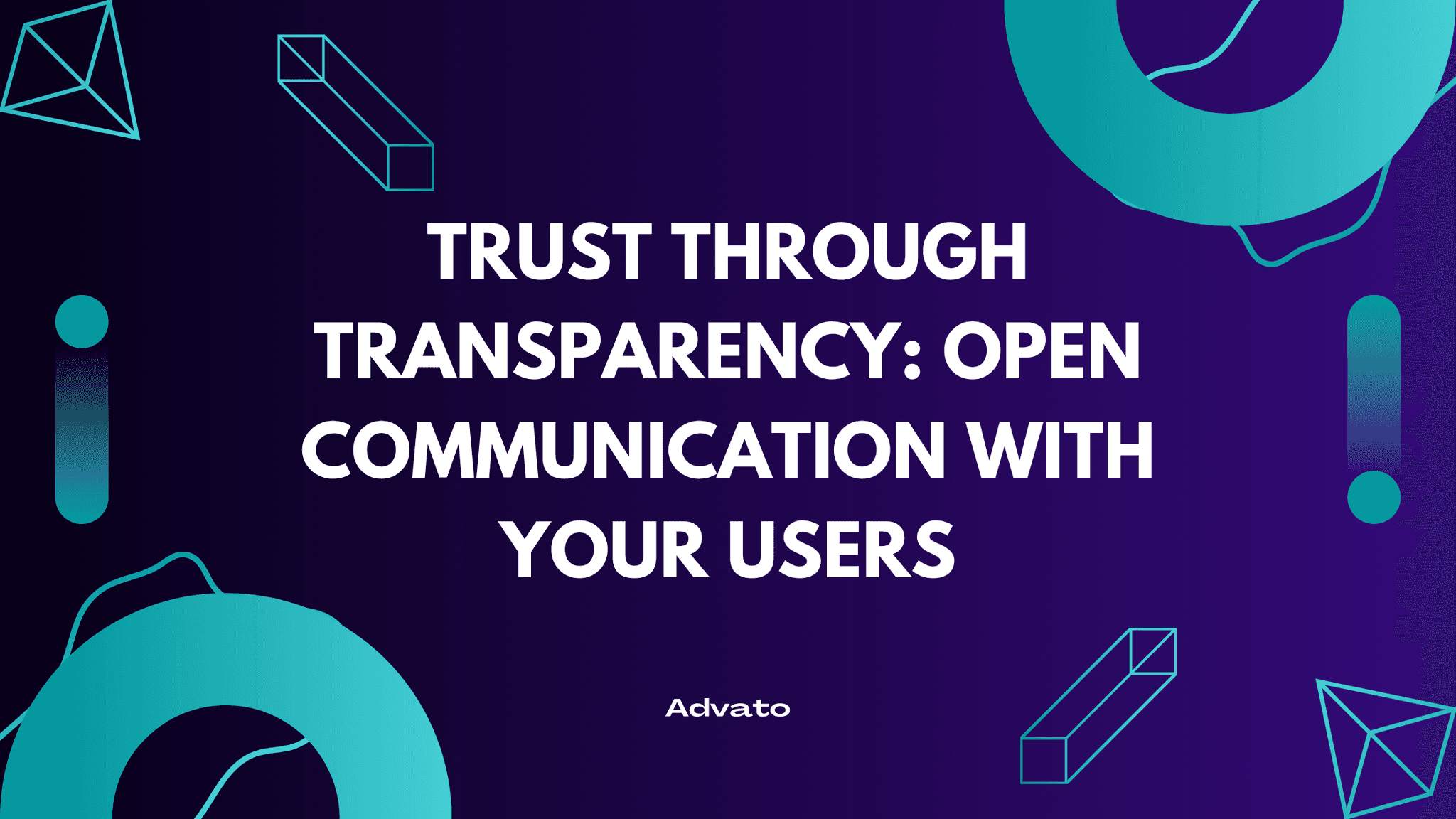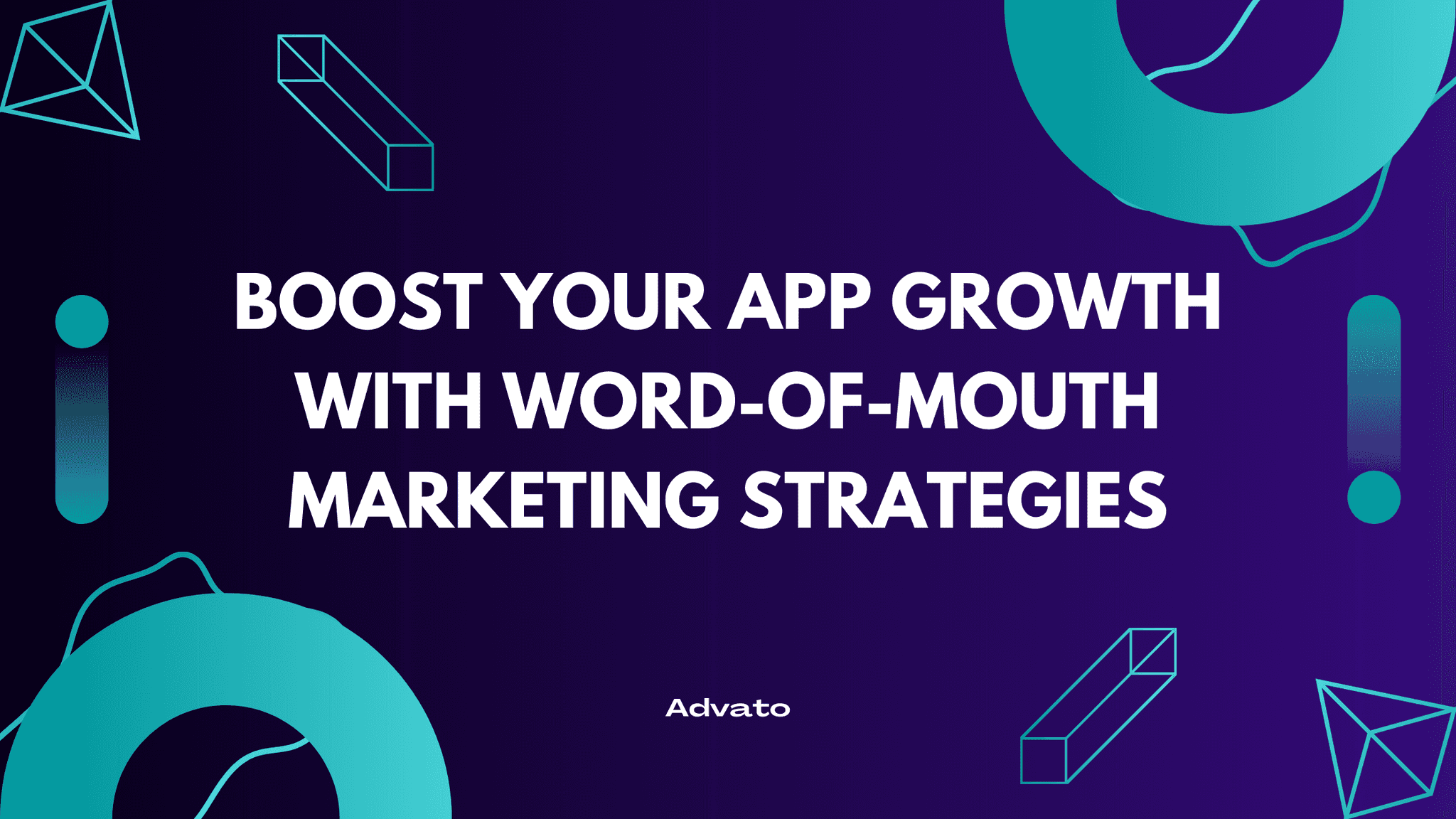Oct 29, 2024
Did you know that understanding user needs can boost your app's retention rates by up to 30%? In the competitive world of mobile apps, gaining insights directly from your users isn't just beneficial—it's important for app growth and user acquisition. User interviews unlock valuable feedback that can improve your app's design and functionality.
In this article, we'll walk through the process of conducting effective user interviews. From preparation to application, we'll show you how to use user insights to drive app growth and enhance mobile app user acquisition. Let's dive in and discover how understanding your users can lead to your app's success.
1. Why do User Interviews Matter for App Growth
Understanding User Needs
User interviews offer a window into your users' minds, revealing their behaviors, preferences, and pain points. While analytics provide numbers, interviews provide narratives. By asking the right questions, you can uncover why users behave the way they do, allowing you to tailor your app to meet their needs more effectively.
Impact on Mobile App User Acquisition
Happy users become advocates. By addressing feedback from user interviews, you can enhance your app's features and usability, leading to better reviews and ratings. Positive feedback in app stores boosts your app's visibility, making it more attractive to potential users and improving your user acquisition efforts.
Driving Continuous Improvement
The tech world moves fast, and staying competitive means constantly evolving. User interviews enable iterative development by providing ongoing insights. Regularly updating your app based on user feedback keeps it relevant and ahead of market trends, fostering sustained app growth.
2. Preparing for User Interviews
Defining Objectives
Before diving in, clarify what you aim to learn. Are you seeking to identify usability issues, gather feature requests, or understand user satisfaction? Setting clear objectives ensures your interviews are focused and productive.
Identifying Target Users
Select participants who represent your user base. Consider demographics, usage patterns, and experience levels. A diverse group provides a well-rounded perspective, highlighting different needs and expectations.
Creating an Interview Guide
Developing Questions
Craft open-ended questions that encourage detailed responses. For example, ask, "Can you describe a time when you found the app particularly helpful?" instead of "Do you like the app?" Open-ended questions lead to richer data.
Aligning with App Growth Goals
Ensure your questions tie back to your goals. If you're aiming to improve user retention, include questions about features that keep users engaged. Aligning questions with objectives makes the data more actionable.
3. Recruiting Participants
Methods of Recruitment
In-app Invitations: Prompt users within the app.
Email Lists: Reach out to subscribers.
Social Media Outreach: Use platforms where your audience is active.
Incentivizing Participation
Offer incentives like gift cards, app credits, or exclusive access to new features. Incentives show appreciation and increase participation rates.
Ensuring Diversity
Include a mix of new and experienced users from various demographics. A diverse participant pool uncovers a broader range of insights.
4. Conducting Effective User Interviews
Setting the Right Environment
Choose a comfortable, distraction-free setting. Virtual interviews can be convenient and flexible. Ensure both parties have a stable internet connection and a quiet space.
Building Rapport
Start with casual conversation to put participants at ease. A relaxed participant is more likely to provide honest and detailed feedback.
Effective Interview Techniques
Active Listening
Show genuine interest by maintaining eye contact and acknowledging responses. Active listening encourages participants to share more openly.
Probing Deeper
If a participant mentions something intriguing, ask follow-up questions like, "Can you tell me more about that experience?" This can reveal deeper insights.
Avoiding Leading Questions
Keep questions neutral to avoid bias. Instead of asking, "How much do you love this feature?" ask, "What are your thoughts on this feature?"
Recording the Interview
With consent, record the interview for accurate data collection. Recording allows you to focus on the conversation without worrying about taking extensive notes.
5. Analyzing and Interpreting Data
Transcribing Interviews
Transcribe recordings to review conversations thoroughly. Transcripts make it easier to spot patterns and reference specific comments.
Identifying Patterns and Themes
Look for recurring issues, suggestions, or praises. Group similar feedback to identify the most critical areas for improvement.
Linking Insights to App Growth
Connect findings to your app's growth strategies. For instance, if users struggle with onboarding, improving it could enhance user acquisition and retention.
6. Applying Insights to Improve Your App
Prioritizing Changes
Focus on changes that offer the most significant impact. Prioritize fixes and features that address common pain points or highly requested additions.
Iterative Development
Incorporate feedback into development cycles. Regular updates based on user input keep your app relevant and user-centric.
Communicating Updates to Users
Let users know their feedback led to changes. Announcements and update notes acknowledging user contributions boost engagement and loyalty.
7. Best Practices for User Interview Research
Maintaining Objectivity
Stay neutral when analyzing feedback. Personal biases can cloud judgment, so focus on what users are saying rather than what you hope to hear.
Ensuring Ethical Standards
Protect participants' privacy. Securely store data and anonymize personal information. Always comply with relevant data protection laws.
Documentation
Keep detailed records of interviews, analyses, and decisions. Documentation aids in accountability and provides a reference for future projects.
8. Tools and Resources to Facilitate User Interviews
Recording Tools
There are a lot of tools that provide recording and transcription services. Some of them are Otter.ai, Fathom.video, and Fireflies.ai.
Analysis Tools
Use AI tools like ChatGpt or Claude to analyze all your raw transcriptions and extract actionable next steps
Scheduling Platforms
Cal.com: Simplifies scheduling interviews.
Conclusion
User interviews are a powerful strategy for driving app growth and improving user acquisition. By understanding user needs, you can make informed decisions that will help your app's success. Start integrating user interviews into your development process today. Even small insights can lead to significant improvements and set your app apart.
Looking to amplify your app's growth even further? Consider using Advato, the easiest way to implement and grow referrals in mobile apps. With Advato, you can acquire high-quality users at a lower cost by turning satisfied users into brand advocates. It's a seamless solution to boost your app's visibility and success.


